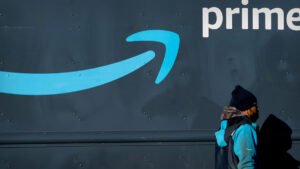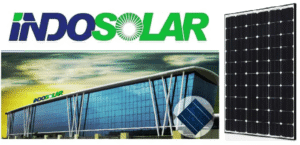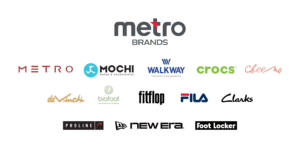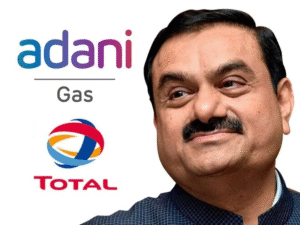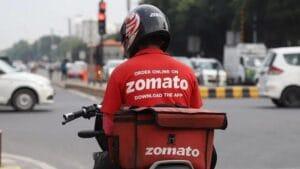1. At a Glance
Greaves Cotton — the company that started with diesel engines and is now trying to convince everyone it’s the Tesla of Coimbatore. They make everything from CNG gensets to electric scooters, control levers to retail vehicle loans. Market share in 3W engines? Solid. In EVs? Let’s just say Ola and TVS aren’t losing sleep. The stock trades at a P/E so high (22,120) it looks like a data entry error, but hey — markets love a good turnaround story. From subsidy drama to product launches, this is a business straddling the past (diesel) and the future (EV) while riding the present (investor patience).
2. Introduction
If companies were people, Greaves Cotton would be that middle-aged uncle who still swears by his old diesel Ambassador but insists on wearing an Apple Watch to prove he’s “with the times.” Founded in 1859, this company has been building engines long before Tesla was even a light bulb in Edison’s workshop.
The charm? It knows engines like a seasoned mechanic, but somewhere along the way, the board decided, “Why not build electric scooters too?” Thus began the electric mobility adventure viaGreaves Electric Mobility— home to brands like Ampere, which, despite decent distribution, is struggling to climb the EV market share ladder.
On the bright side, they’ve got8 factories, a massive9,000+ retailer network, and over20,000 mechanicswho keep the after-sales spares business humming. On the not-so-bright side, their e-scooter sales dipped after the FAME-II subsidy drama, where their pricing suddenly felt less ‘disruptive’ and more ‘disappointing.’
Their recent foray into cables and control levers viaExcel Controlinkageis a smart diversification — because if EV adoption slows, someone’s still going to need pedals, cables, and gear controls. Also, they’re smart enough to see the fuel-agnostic future: diesel, petrol, CNG, electric — if it moves, they’ll try to power it.
But here’s the kicker — profitability remains a challenge. Even with a ₹3,000+ crore topline, PAT in FY25 was barely ₹15 crore. You could make more margin running a premium pani-puri stall in South Mumbai. Still, as an industrial play with EV optionality, Greaves Cotton is the corporate equivalent of a “could surprise you” Tinder date — it’s just that the last few dinners have been, well… modest.
3. Business Model (WTF Do They Even Do?)
Greaves Cotton’s model is simple: make stuff that moves other stuff, and sell stuff to people who fix that stuff.
Four Segments:
- Engines (61% of FY24 revenue)— This is the granddaddy business. Non-auto engines from 1.5 HP to 700 HP, used in agriculture, industrial, and marine applications. Also includes gensets and trading in power tillers. This segment is their cash cow… albeit one grazing in a slow-growing field.
- Electric Mobility (~23% of FY24 revenue)— Ampere electric scooters, Greaves Eltra electric 3-wheelers, and a Ranipet plant capable of 5 lakh units a year. Reality check: actual E2W volumes in FY24 were ~47,800 — meaning the plant’s capacity utilisation could be a case study in “optimism bias.”
- Cables &
- Control Levers (9%)— Courtesy of Excel Controlinkage acquisition. Push-pull cables, pedals, levers — basically, the mechanical sinews of vehicles.
- Others (7%)— Aftermarket spares, service centres (Greaves Care), and retail vehicle financing via Evfin.
They sell through a 9,000+ retail point network, 200 distributors, and a service army of 20,000+ mechanics. This is their moat — it keeps customers tied in for maintenance, parts, and financing long after the initial sale.
The ambition is to befuel-agnostic— offering diesel, petrol, CNG, hybrid, and electric powertrains. In theory, this hedges against technology disruption. In practice, it means juggling R&D across multiple platforms, which can stretch capex and slow innovation.
The challenge? Their traditional engine biz is profitable but low-growth, while EVs are high-growth but currently low-margin. Managing this seesaw without falling off is the strategic puzzle Greaves Cotton is trying to solve.
4. Financials Overview
YoY & QoQ Table – Q1 FY26 vs Q1 FY25 & Q4 FY25
| Metric | Latest Qtr (Q1 FY26) | YoY Qtr (Q1 FY25) | Prev Qtr (Q4 FY25) | YoY % | QoQ % |
|---|---|---|---|---|---|
| Revenue (₹ Cr) | 745 | 640 | 823 | 16.4% | -9.5% |
| EBITDA (₹ Cr) | 57 | 27 | 46 | 111.1% | 23.9% |
| PAT (₹ Cr) | 21.1 | 0.16 | 1.97 | 13,081% | 969% |
| EPS (₹) | 1.42 | 0.01 | 0.14 | 13,081% | 914% |
Commentary:
- Revenue growth was solid YoY, thanks to engine sales & Excel Controlinkage contribution, but sequential dip shows post-year-end seasonality.
- EBITDA doubled YoY, meaning operating efficiency is improving — or they just cut free chai in meetings.
- PAT looks like a miracle — but the base effect (last year’s ₹0.16 Cr) makes even a modest ₹21 Cr look like a unicorn.
5. Valuation (Fair Value RANGE only)
Method 1: P/E
- Current EPS (TTM) = ₹3.49
- Assume normalised P/E range for industrial peers = 25–30
- FV Range = ₹87 – ₹105 (if earnings stay flat… which they won’t if PAT growth sustains).
Method 2: EV/EBITDA
- EV = ₹4,746 Cr, EBITDA (TTM) = ₹221





